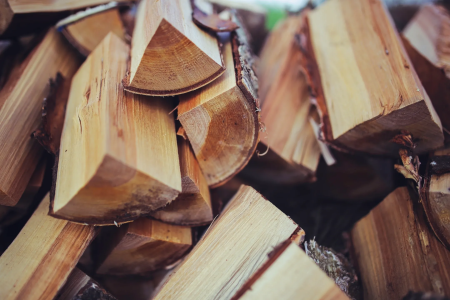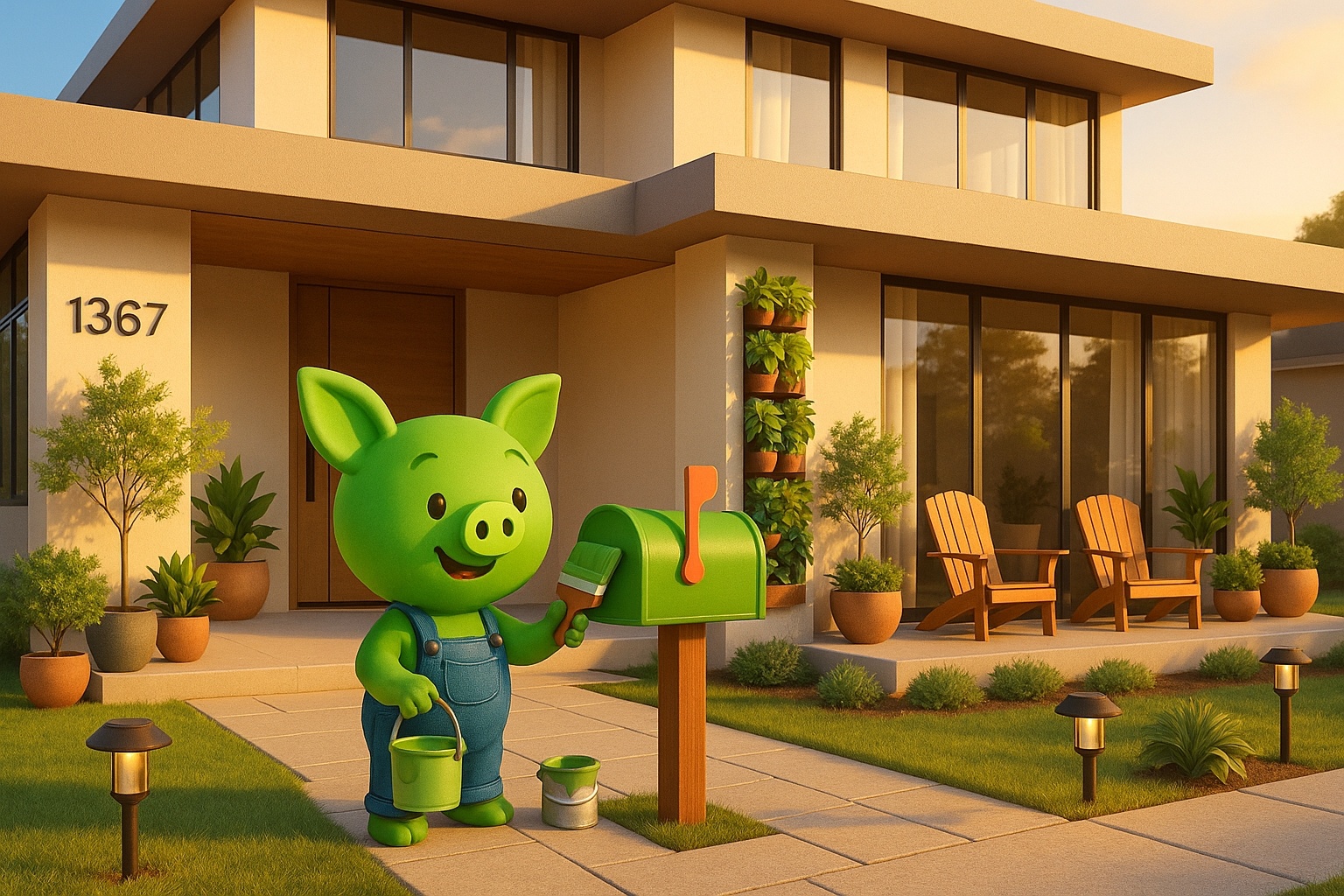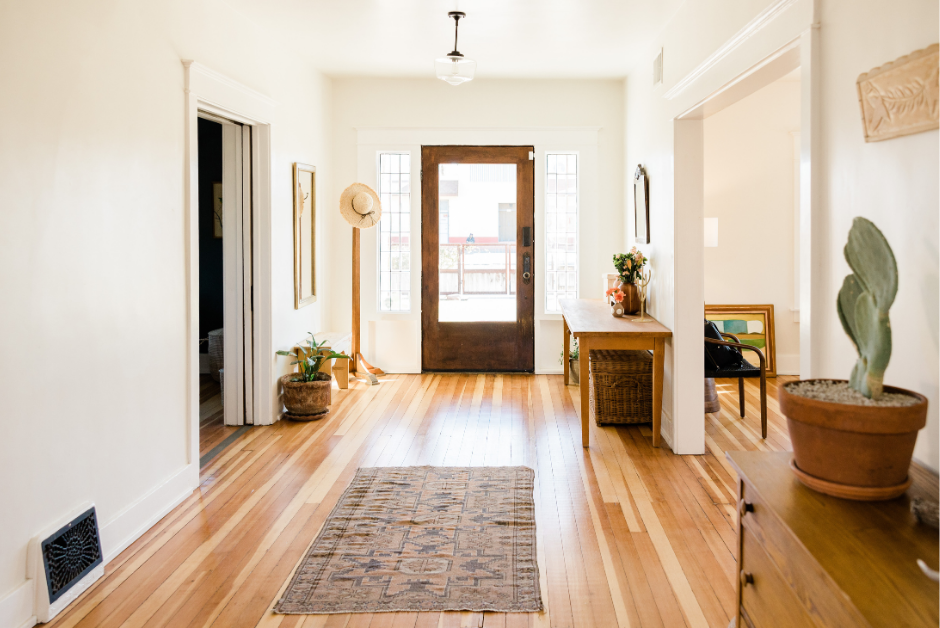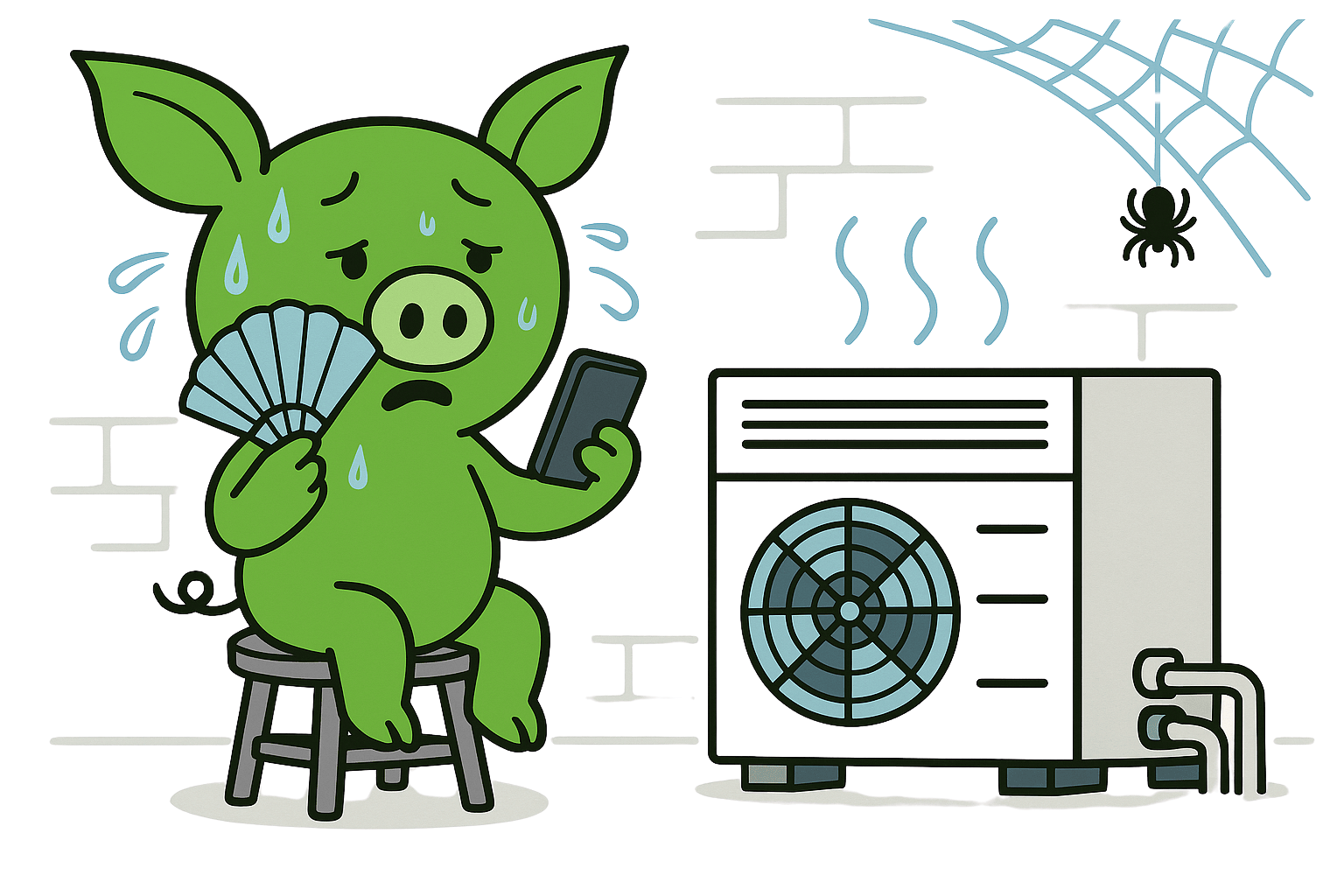Sustainable Fireplace Practices: Woods You Should Never Burn in Your Eco Home
As the cooler seasons settle in, nothing beats the warm, comforting glow of a crackling fire in your living room. However, did you know that improper wood-burning choices can harm both your health and the planet? With sustainable fireplace practices, you can enjoy the coziness of your fireplace while protecting the environment and your home. In this guide, we’ll explore the woods you should never burn in your fireplace and how adopting eco-friendly habits can make your home a green haven.

Why Sustainable Fireplace Practices Matter
Fires can be as eco-friendly as they are cozy—if you follow sustainable fireplace practices. Burning the wrong materials doesn’t just harm your chimney or indoor air quality. It can release harmful emissions, contribute to environmental pollution, and waste resources. According to the National Fire Protection Association, improper fireplace use leads to countless avoidable fires every year. Let’s dive into which woods to avoid for cleaner, safer, and more sustainable fires.
1. Avoid Treated or Painted Wood
Treated or painted wood is one of the worst culprits when it comes to unsustainable burning practices. These woods often contain harmful chemicals that are released as toxic fumes when burned.
- Why Avoid It?
- Pressure-treated wood contains chemicals like arsenic and chromium.
- Painted wood may have lead-based or toxic paints.
- Environmental and Health Impact: Burning treated wood releases toxins into the air, harming your family and contributing to air pollution.
🌱 Sustainable Tip: Stick to untreated, natural wood for your fireplace. This small change supports sustainable fireplace practices and ensures a healthier environment for your family.
2. Say No to Plywood and Particleboard
While plywood and particleboard are common in furniture and construction, they don’t belong in your fireplace. These engineered wood products contain adhesives with volatile organic compounds (VOCs).
- Why Avoid It?
- Burning these materials releases formaldehyde and other harmful gases.
- Eco Impact:
These products are not designed to burn cleanly, contributing to indoor and outdoor pollution.
🌱 Green Fireplace Tip: Stick to natural hardwoods like oak or maple for a clean burn that aligns with sustainable fireplace practices.
3. Skip Softwoods with High Resin Content
Softwoods, such as pine, cedar, and fir, may seem convenient because they ignite quickly. However, their high resin content produces excess creosote—a sticky, flammable substance that builds up in your chimney.
- Why Avoid It?
- Creosote buildup increases the risk of chimney fires.
- Safety Concern:
According to the NFPA, chimney fires are one of the leading causes of home fires in the U.S.
🌱 Sustainable Fireplace Practices Tip: Use well-seasoned hardwoods for a fire that’s both safe and eco-friendly. Save softwoods for outdoor bonfires instead—check out Burn and Reconstructive Centers of America for bonfire safety tips.
4. Avoid Burning Green or Unseasoned Wood
Green or unseasoned wood contains high moisture content, leading to inefficient fires that produce more smoke than heat.
- Why Avoid It?
- Most of the energy goes into evaporating water instead of warming your home.
- These fires create excess creosote buildup in your chimney.
🌱 Eco Tip: Use well-seasoned firewood with a moisture content below 20%. A moisture meter can help ensure your wood is fireplace-ready, aligning with sustainable fireplace practices.
5. Don’t Burn Driftwood or Unknown Scraps
Driftwood and random wood scraps may seem like handy options, but they often contain hidden contaminants.
- Why Avoid Driftwood?
- Driftwood can absorb salt and other pollutants, releasing harmful chlorine gas when burned.
- Why Avoid Scraps?
- Wood scraps may have been treated or painted, posing health risks.
🌱 Sustainable Solution: Choose locally sourced firewood for a clean burn. Supporting sustainable forestry practices not only ensures safe fires but also contributes to eco-conscious living.
Additional Sustainable Fireplace Practices
To make your fireplace even more eco-friendly, here are a few additional tips:
- Invest in a Fireplace Insert:
Fireplace inserts can significantly improve heat efficiency, reducing heat loss up the chimney. - Regular Chimney Maintenance:
Hire a chimney sweep annually to remove creosote buildup and ensure safe operation. Use Pigybak to find eco-conscious professionals in your area. - Use Natural Fire Starters:
Replace chemical fire starters with crumpled newspaper or natural kindling. - Store Firewood Correctly:
Keep firewood in a well-ventilated, dry area. Traditional Holzhaufen stacking methods can maximize airflow and drying.
Sustainable Fireplace Practices: The Benefits
By following sustainable fireplace practices, you’ll enjoy these benefits:
- Healthier Air Quality: Reduce exposure to toxins and pollutants.
- Lower Risk of Chimney Fires: Proper wood choices mean less creosote buildup.
- Reduced Environmental Impact: Cleaner-burning wood minimizes your carbon footprint.
Ready to Go Green? Pigybak Can Help!
Looking for ways to embrace sustainable fireplace practices? Pigybak connects homeowners with local contractors and service providers for:
- Chimney Inspections: Schedule annual cleanings with eco-conscious providers.
- Firewood Delivery: Find sustainably sourced firewood near you.
- Neighborhood Collaboration: Share services with neighbors to cut costs and emissions.
📲 Download Pigybak now and bring eco-conscious convenience to your home!
Conclusion: Burn Smart, Burn Clean
Your fireplace can be more than a cozy feature—it can be a cornerstone of sustainable living. By avoiding treated wood, engineered wood, softwoods, and other harmful materials, you create a safer, cleaner, and more eco-friendly home. These sustainable fireplace practices not only protect your family but also contribute to a greener planet.
Let’s make every fire a step toward sustainability. For more green home tips, subscribe to Pigybak’s green home blog and discover how small changes can make a big impact.
🌱 Let’s warm up responsibly this season—together.


